Requirements to the list of references
The list should primarily include scientific articles in peer-reviewed scientific journals, monographs, author's abstracts of dissertations. Each author's last name must be accompanied by a reference to the source in the list of references. Legal documents, statistical materials and names of authors in the list of sources not included, if necessary, are mentioned in the text or in footnotes.
In accordance with international standards for the preparation of publications, the recommended number of sources in the list of references is 30, 50% WoS, Scopus.
Self-citation should not exceed 10%.
The list is arranged in alphabetical order: first Russian-language sources, then English-language sources. Sources are not numbered in the list. To identify the source, the text uses the authors ' names and the year of publication. - DOI.
Example of creating a list of references
Glazyev S. Yu. (2007). Competitive advantages of the national culture of management: opportunities and problems of implementation. 240 gr.
Kashapova A. R. (2005). Ensuring the competitiveness of shopping centers as integrated business structures: autoref. dis. ... Cand. Econ. science. SPb. 24 P.
Minakir P. A., Demyanenko A. N. (2010). Evolution of approaches and methods in spatial Economics // Spatial economics. No. 2. Pp. 56-64.
Clarida R., Gali J., Gertler M. (1999). The science of monetary policy: a new Keynesian perspective. Journal of Economic Literature, vol. 37, PP.
Freeman C. (1987). Technological policy and economic indicators: lessons from Japan. L.: Frances Pinter. 495 P.
Tseng M.-L., Tang R. R., Chiu A. S. F., Jian K.-F., Kuo T. S. (2018). Circular economy meets Industry 4.0: can big data drive industrial symbiosis? Resources, Conservation and Recycling, vol. 131, pp. 146-147.


















 CEDR.UZ
CEDR.UZ TSUE.UZ
TSUE.UZ Telegram
Telegram